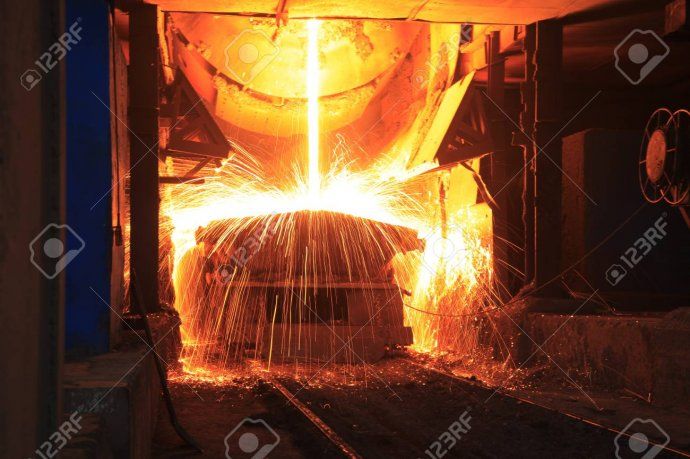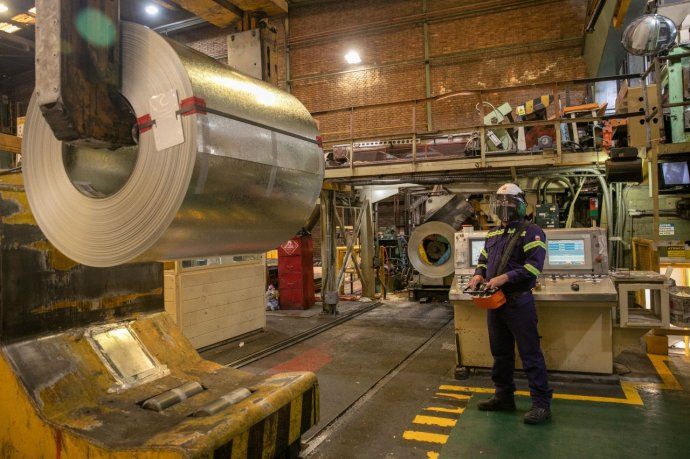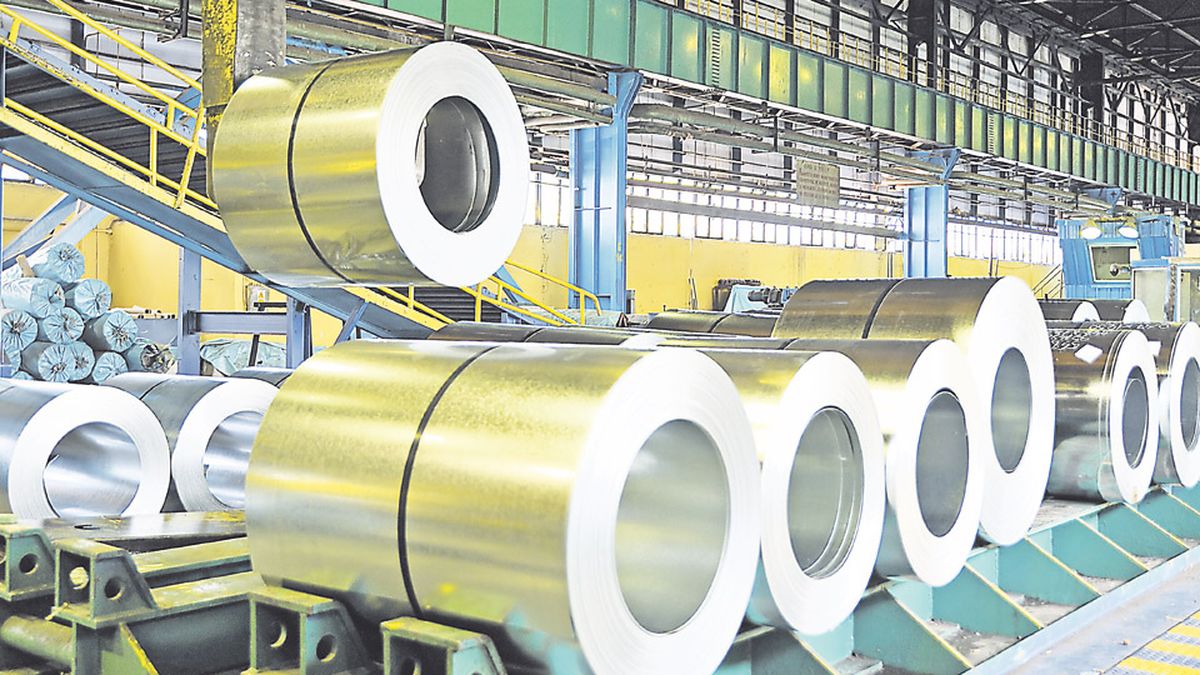The study you agreed to Ambit assured that inflationary pressures, political uncertainties and the protection of the Latin American steel market are factors that determined the performance of the industry in that period.
“Regional growth was possible thanks to the record prices of raw materials, the main exports of Latin America, and the inflationary pressures that led central banks to raise interest rates. However, market expectations point to an economic slowdown in 2023, in addition to the multiple challenges facing the industry, sustainability being the biggest”, he explained. Alexander Wagnerexecutive director of the entity.
Alejandro Wagner Alacero.jpg
Alejandro Wagner, executive director of Alacero, the entity that brings together all the steel companies in Latin America.
Despite the fall in the region, according to data from Steelwing, responsible for concentrating 95% of the chain’s production, the semester was better than expected. In the first six months of 2022, the annual gross production in Latin America fell 23% compared to the first half of 2021 and 3.1% compared to the second half of the same year. Countries like Chili (-14.1%), Peru (-10.1%), Brazil (-2.8%) and Mexico (-1.2%) and Colombia (-0.6%) recorded reductions.
Also, steel production laminate it was 1.4% below the first half of the previous year and 0.4% below the second half of the same year. The falls occurred in Chili (-19.9%); Brazil (-,two%); Argentina (-4.5%) and Colombia (-23%). Peru (+0.3%) recorded stability and Mexico continued to grow, having obtained 13.6% in the first semester.
“Each country has its peculiarities for the performance of the industry, which is one of the most important in all economies, but, in general, the international crisis caused by the Russian war turned out to be longer than expected. Therefore, the trend is for consumption to remain low until 2023”, analyzed Wagner.
As for the data of crude steel production As of June 2022, the monthly comparison indicates that production was 5,318.7 thousand tons, 4,two% lower than the same period of the previous year and a 2.6% lower than that of May 2022. The production of electric furnaces also fell by 5.7% monthly, while blast furnaces increased by 0.7%. Both data are in relation to May 2022.
steel.jpg

Refering to laminate productionwhen the monthly comparison is made, June production was 4,667.0 tons, 3.0% lower than the previous June and 0.7% lower than the previous month, May 2022.
Steel: what is the scenario in Argentina?
In dialogue with AmbitWagner explained that there are two main justifications to understand why in recent months there are industrial sectors with better performance in Argentina than in other countries. “The first is that heOn a comparative basis, it was a little lower in 2021, compared to other countries, and therefore now growth looks a little higher,” he said.
Secondly, the director stressed that the current macroeconomic situation, with a backward dollar and very high inflation, is causing some consumer sectors such as the automotive industry, agricultural machinery or some capital goods sectors to skyrocket. “In fact, they are the ones that have grown the most, even well above construction, which is the one that usually has the most dynamism, and it is seen in the delivery of cars, which have a delay of six months or even a year”he added.
In the case of agriculture, Wagner highlighted the sale of machinery for the field. “Because of the high prices of soybeans and the world of commodities, fundamentally because of the war between Russia and Ukraine, it made agribusiness go up and the entire sector invested in machinery, and that boosted it”he emphasized.
Steel: what is the outlook for Argentina?
In the buildingafter the growth of the first half of 2022, a “moderation” in the second half of the year, due to the strong increases in the price of materials and the increase in interest rates (they would reduce credit and the attraction for the sector).
steel

Ternium
In the automotiveAccording to Alacero forecasts, the main limitation for production are the obstacles to importing auto parts. “There are plants that cannot finish manufacturing units due to lack of specific parts,” the study said.
Already in the mechanicswith its own flight, despite the limitation on imports and the decline in general activity during the second half of the year, agricultural machinery will continue to drive growth in the sector. “For domestic use, there is a slowdown, due to obstacles to imports and a potential slowdown in demand. The shortage of dollars in the country will continue to limit the production of goods for domestic use due to lack of inputs”he underlined.
Source: Ambito
David William is a talented author who has made a name for himself in the world of writing. He is a professional author who writes on a wide range of topics, from general interest to opinion news. David is currently working as a writer at 24 hours worlds where he brings his unique perspective and in-depth research to his articles, making them both informative and engaging.




